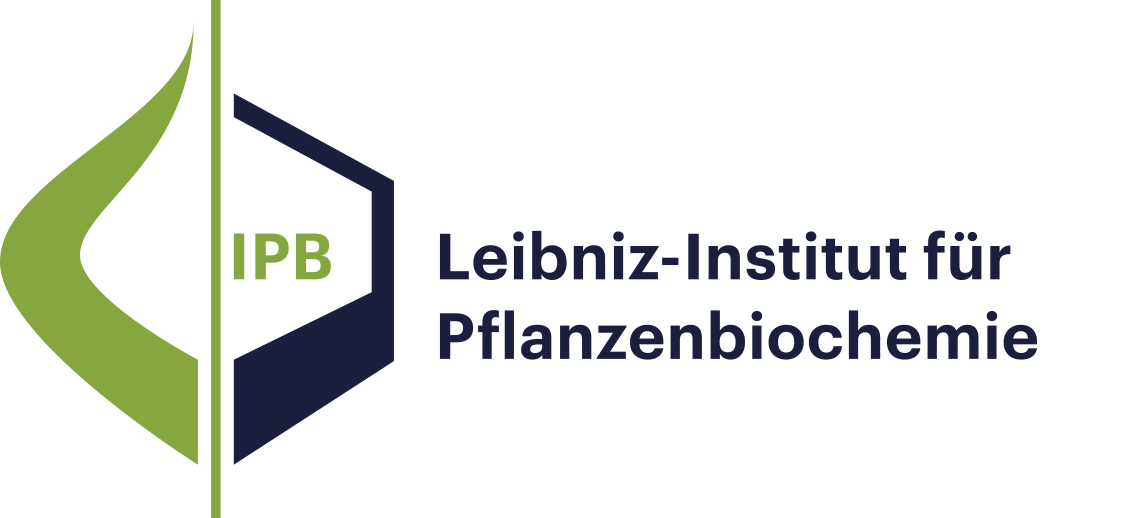- Ergebnisse als:
- Druckansicht
- Endnote (RIS)
- BibTeX
- Tabelle: CSV | HTML
Bücher und Buchkapitel
Leitbild und Forschungsprofil
Molekulare Signalverarbeitung
Natur- und Wirkstoffchemie
Biochemie pflanzlicher Interaktionen
Stoffwechsel- und Zellbiologie
Unabhängige Nachwuchsgruppen
Program Center MetaCom
Publikationen
Gute Wissenschaftliche Praxis
Forschungsförderung
Netzwerke und Verbundprojekte
Symposien und Kolloquien
Alumni-Forschungsgruppen
Publikationen
Bücher und Buchkapitel
Plants mount a complex array of defense reactions in response to attack by pathogens. Initiation of these events depends on perception and signal transduction of elicitors, which are plant-derived or pathogenderived signals, that give rise to transcriptional activation of defense-related genes as well as to changes in activities of enzymes involved in cell wall reinforcement and oxygen radical formation. An oligopeptide, identified within a 42 kDa glycoprotein elicitor from Phythophthora sojae, activates in parsley cells typical plant defense reactions, enabling researchers to study plant-pathogen interaction at the single cell level. The oligopeptide elicitor was found to be necessary and sufficient to stimulate a complex defense response in parsley cells, comprising H+/Ca2+ influxes, K+/Cl- effluxes, activation of a mitogen-activated protein (MAP) kinase, an oxidative burst, defense-related gene activation, and phytoalexin formation.

